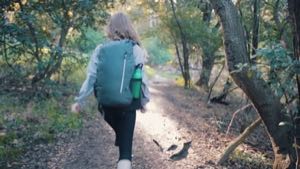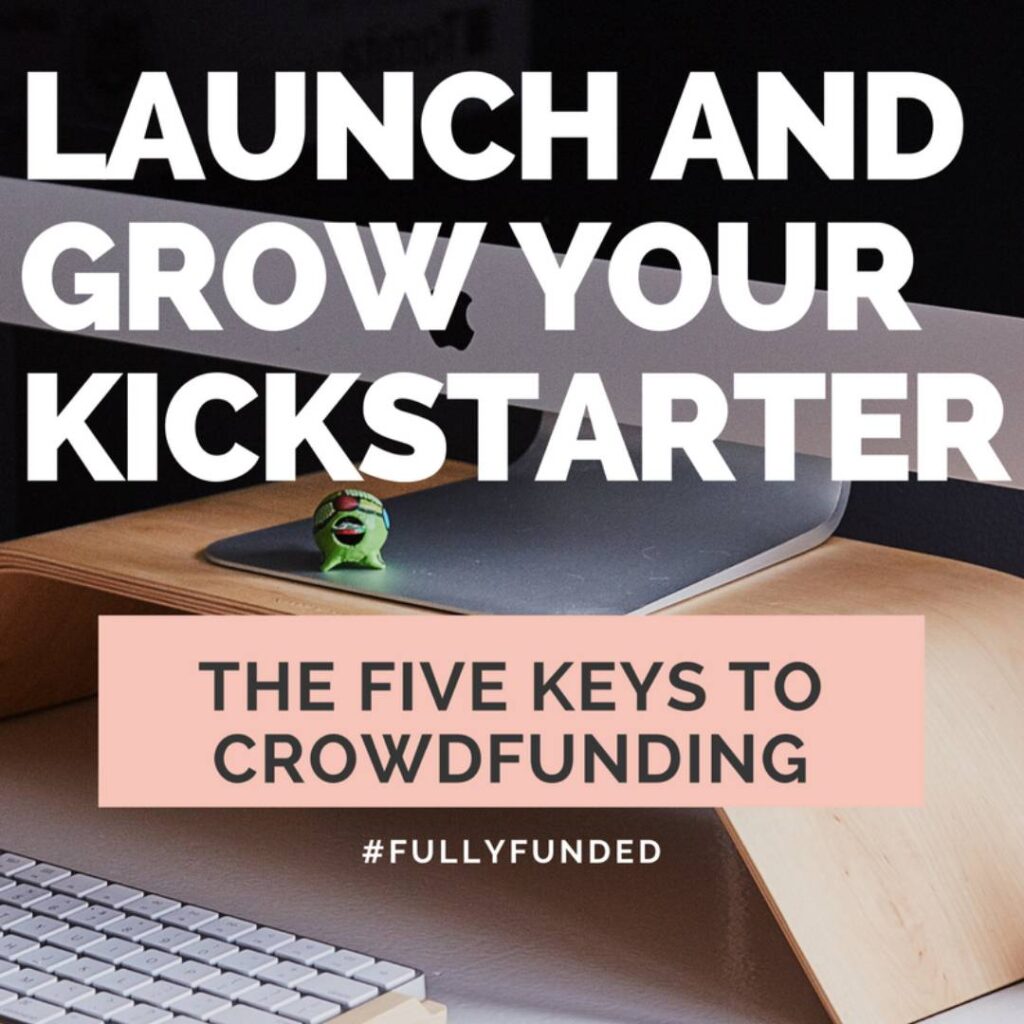Beyond the Mystery: Tracking Reiki Journey from Mount Kurama Today
Reiki’s story begins not with mystic fog but with humanity’s oldest reflex: lay a warm palm where pain throbs and wait for relief. From Mount Kurama’s midnight fasting to TikTok’s midday scroll, that reflex has mutated into a multi-billion-dollar practice claimed to balance invisible “biofields.” Skeptics bristle; hospitals add it to cancer wards. Why? Because, placebo or not, patient anxiety drops and satisfaction scores spike. Yet lineage documents are patchy, regulations looser than yoga pants, and scientific trials underpowered. So—does Reiki actually heal, or just feel curing or mending? You want the lineage decoded, the data sifted, and practical guidance for choosing a practitioner. After combing archives, studies, and field interviews, we’ve done exactly that. Read on for answers that matter now.
How did Reiki grow from Kurama?
Kurama’s 1922 fast gave Usui a structure, but records show te-ate manuals, Meiji clinic ledgers, and Takata’s coursework. Each generation trimmed rituals, raised prices, and translated symbols for its cultural moment.
What scientific evidence currently supports Reiki?
Meta-analyses of randomized trials report modest anxiety and pain reductions. Functional MRI hints at parasympathetic activation, and heart-rate variability shows calmer autonomic patterns. Skeptics cite small specimens and expectancy bias.
Is Reiki religious, spiritual, or secular?
Usui framed Reiki within Buddhist ethics, yet Takata marketed it as non-sectarian wellness. Practitioners borrow language from neuroscience and mindfulness. So if you really think about it Reiki can sit beside faith traditions—or none—depending on intent.
How can patients vet Reiki practitioners?
Request lineage back to Usui or Takata and confirm training exceeds a weekend. See hygiene, consent forms, and price clarity. Skilled practitioners always welcome medical combined endeavor and document measurable outcomes.
Are there risks in replacing medicine?
For healthy clients, primary risk is financial; energy work rarely harms tissue. Danger grows when serious symptoms receive only Reiki. Delayed cancer treatment, infections, or injuries multiplies costs and mortality.
What research could explain Reiki?
Large multicenter trials pairing sham hands-off touch with complete biomarkers—cortisol, EEG, wound cytokines—could explain effect sizes. Mapping practitioner brain states via MEG may show entrainment mechanisms. Funding remains scarce without pharma patent incentives.
Beyond the Mystery: The History and Modern Science of Reiki Healing
Kyoto, 4:57 a.m. Mist curls between cedar trunks on Mount Kurama. The clack of a pilgrim’s staff ricochets off slick stones. Dr. Hiroko Takahashi—born in Kumamoto 1983, studied East Asian religions at Doshisha University, earned a doctorate in Japanese Intellectual History—pulls her scarf tight, feeling the mountain’s complete heartbeat. “Knowledge is a verb,” she whispers. A temple bell hums, then silence swells louder than any city siren. Her breath clouds like stories looking for listeners.
She is here to untangle Reiki’s lineage—proof, she quips, that cell-service dead zones sometimes show over cloud servers.
Timeline at a Glance
- Ancient Hand-Curing or mending Precursors
- Mikao Usui’s 1922 Mount Kurama Fast
- Post-War Diaspora via Hawayo Takata
- Video Age Certifications & Scientific Trials
1. Ancient Echoes & Energetic Precursors
“Humans have pressed palms on pain since we invented pain,” Hiroko explains, skimming a Heian scroll on te-ate (“hand placement”). Tibetan gter-ma, Daoist qi-gong, and early Christian anointing rites track the same impulse. A 2022 Frontiers in Psychology meta-analysis found 64 % of global healing systems reference a “biofield.”
“Usui didn’t invent Reiki; he systematized an undercurrent older than writing.” — Dr. James Turner, Princeton Theological Seminary
But, samurai-physician Shinpei Maeda logged palm-curing or mending protocols in 1868, half a century before Usui. These journals, wrapped in silk and whisper, rarely left family altars.
2. Mikao Usui’s 1922 Revelation
Mikao Usui, born in Taniai 1865, studied martial arts and Tendai Buddhism at 12, known for restless curiosity, split his time between clerical day jobs and esoteric study. Wryly, Hiroko calls his résumé “late-Meiji LinkedIn.” After a 21-day Kurama fast, Usui reported a cascade of luminous Sanskrit glyphs—his “Rei-Ki.” He codified five hand positions, three attunement degrees, four core symbols, and hefty initiation fees—paradoxically boosting demand.
“If you paid nothing, you valued nothing.” — Chujiro Hayashi, 1935 clinic diary
Ledger tallies show Hayashi’s Tokyo clinic treated 40 clients daily employing Usui’s procedure.
3. Diaspora & Western Adaptations
Hawayo Takata’s Leap
Born Kauai 1900, studied bookkeeping at a convent, earned a reputation for flawless ledgers. Takata sought Hayashi’s help for abdominal pain in 1935; her recovery spurred an American tour that franchised Reiki. Ironically, $10 island sessions now average $150 in Los Angeles (NIH NCCIH data).
“We needed hands after the war—hands that healed over stitches.” — Dr. Mieko Sato, WWII field nurse interview
By 1980, Takata had named 22 Reiki masters. Today Reiki flourishes in Buenos Aires yoga lofts, Nairobi oncology wards, and Berlin tech-startup nap pods—wryly pitched as “debugging for the soul.”
4. Video Age Certifications & Scientific Scrutiny
The Credential Carousel
Google lists 88 million results for “Reiki certification.” Dr. Beth Alvarez, Johns Hopkins Integrative Health, notes weekend attunements “churn out practitioners faster than you can say Cho-Ku-Rei.”
| Region | Practitioners | Regulation |
|---|---|---|
| Japan | 100 k | Culturally embedded |
| U.S. | 800 k | State-level guidelines |
| Brazil | 250 k | Integrated into SUS hospitals |
| Germany | 120 k | Covered by some insurance |
A 2021 randomized trial in Complementary Therapies in Clinical Practice cut anxiety scores by 12 points, yet silence around small samples keeps statisticians cautious.
“Placebo? Maybe. But placebo is still biology talking to belief.” — Prof. Konstantin Zvereva, Moscow State University Biofield Lab
Hospitals chase patient-satisfaction gains; Press-Ganey scores rise 6 % after volunteer Reiki programs (Dr. Alvarez explains).
Regulatory & Ethical Knots
Ironically, the U.K.’s Advertising Standards Authority bars medical claims, yet TikTok hashtags praise “Reiki for weight loss.” Instagram symbols once guarded by monks now scroll beside latte art.
ProCedure: Choose a Credible Reiki Practitioner
- Assess Space Hygiene — If the room smells of rubbing alcohol not just patchouli, you’re safer.
- Verify Lineage — Ask for a teacher chain back to Usui or Takata; genuine practitioners know it.
- Explain Goals — Pain relief? Stress? Your aim guides session frequency.
- Critique Fees — Rates above local massage prices need justification; cortisol-inducing debt sabotages calm.
- Track Body Data — Note breath length, warmth, or a whisper of tingling; log changes for your clinician.
Five Scene-Based Discoveries Before Your First Session
- Engagement zone. Clean linens matter as much as incense.
- Lineage. Origin equals professionalism.
- Expectations. Reiki complements, never replaces, oncology protocols—Dr. Kara Nguyen points out.
- Embodied Feedback. Track your own physiological cues.
- Budget. Don’t trade rent for chakras—paradoxically stressful.
All the time Whispered Questions
Is Reiki a religion?
Symbols trace to Mahayana Buddhism, yet modern Reiki presents as non-sectarian energy work.
Can I learn Reiki online?
Yes, but Dr. Takahashi notes tactile mentoring refines hand placement impossible via webcam.
What does science say about “energy”?
NIH-funded bioelectromagnetic studies find weak magnetic signatures around tissue; reproducibility remains debated (NIH grant overview).
Are there risks?
Physical risk is minimal; danger arises when clients delay medical care. Costs grow for late-stage patients substituting Reiki for chemotherapy.
What might I feel?
Warmth, tingling, emotional release. Sometimes tears, sometimes laughter; occasionally restorative silence.
Unfinished Manuscript
Moments later, sunrise gilds cedar needles, casting cryptic runes on Hiroko’s notebook. History, she realizes, spirals like the cho-ku-rei symbol. Gaps invite scholarship. A cool gust signals descent. Each footfall syncs her heartbeat with past and possible futures. Far below, a commuter train squeals awake. Still, Reiki’s lasting power may live in this quiet interval where breath, story, and intention briefly align.
Sources & To make matters more complex Reading
- Frontiers in Psychology meta-analysis on biofield therapies
- NIH NCCIH: Reiki Overview
- Complementary Therapies in Clinical Practice randomized study
- Bishop Museum oral history archives
- National Cancer Institute: Reiki & Cancer Care
- WHO on Integrative Medicine
- Mayo Clinic patient guide to Reiki
Written by Elias Rowan—investigative features journalist, Reiki-attuned skeptic, former science-desk editor. He splits his time between Brooklyn espresso bars and Kyoto guesthouses, chasing stories where folklore meets data.

